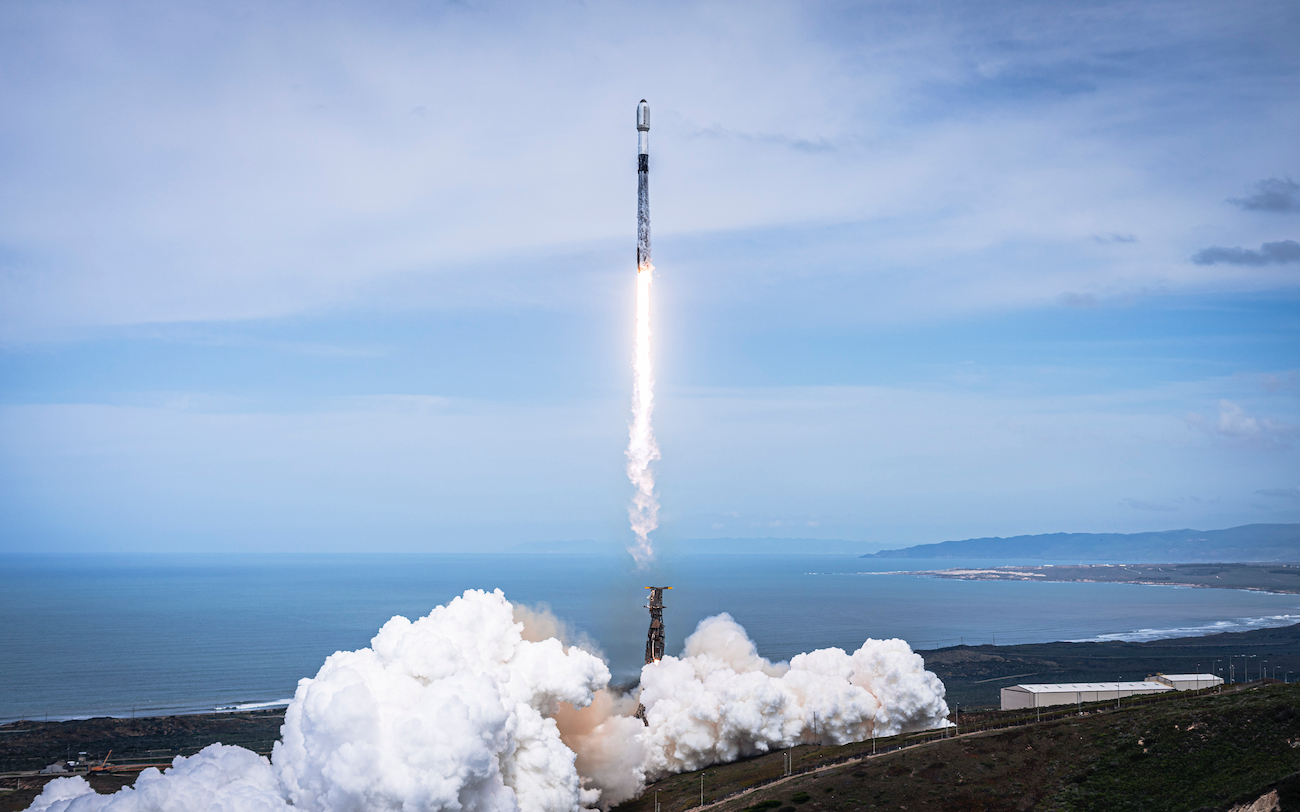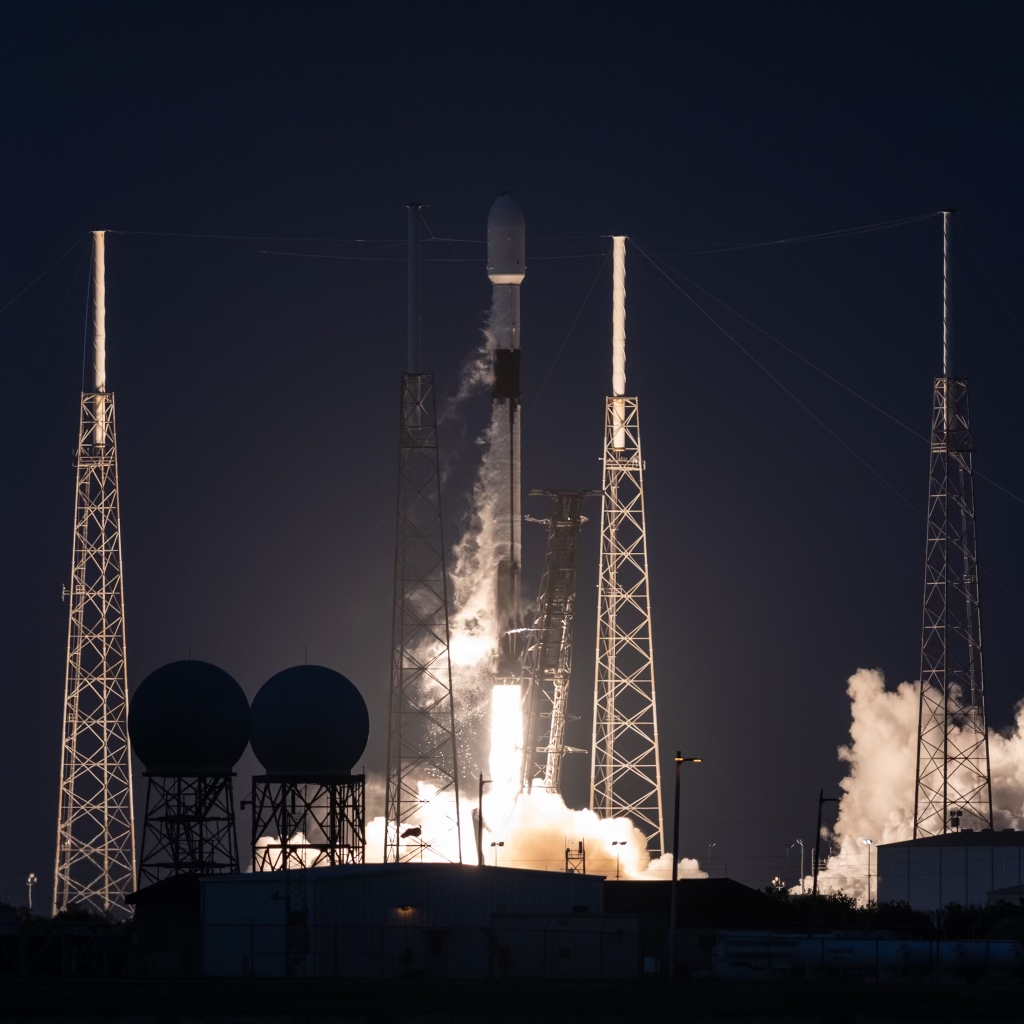
Friday, SpaceX launched two missions from both coasts of the United States to bring its rate back up, closer to its goal. With these launches in the books, SpaceX has launched 19 missions with 20 successful booster landings.
First, more Starlinks from California
Early Friday afternoon, Space conducted its first launch out of California’s Vandenburg Space Force Base. The launch saw 52 Starlink (non-Gen 2s) satellites into a 70-degree orbit around Earth. The booster that flew this mission was flown seven times before and performed flawlessly with a landing out at sea on the droneship Of Course I Still Love You.
In case you have been living under a rock the past few years, Starlink is SpaceX’s plan to fund its Mars program… okay officially, its global internet with satellites in orbit, but that’s the general idea. There isn’t a lot new going on with the program at the moment. However, they did start launching miniature “gen 2” satellites a few weeks ago. Eventually, full-size second-generation Starlink satellites will fly on Starship, greatly expanding the network’s capabilities.
Two SES satellites are now in orbit
Later that day, SpaceX took to the skies for a second time, this time with two communication satellites for the Luxembourg company SES. Elon Musk’s favorite booster, B1069, flew for its sixth time and landed on the droneship Just Read The Instructions in the Atlantic.
This mission marked a milestone for SpaceX, beating the record for the fastest turnaround between launches, 4 hours and 12 minutes. While it helps for the launches to be using separate ranges, the company has gotten close to launching pretty quickly between its two pads in Florida.

Closer to the 100 launch goal
Musk stated the Falcon team’s goal this year was 100 launches, a blazing one launch every 3.65 days. Right now, SpaceX isn’t meeting that goal; the rumored reason is due to Falcon 9’s second stage, which has to be built brand new every launch. Before these launches, SpaceX’s rate was just below one launch every 4.35 days.
After Friday’s doubleheader, SpaceX is currently sitting at one launch every four days, putting them much closer to 100 launches but not entirely. Right now, there are another 48 or so launches scheduled for this year, not including many late 2023 Starlink launches. That changes constantly, so I would expect SpaceX to get over 75 launches easily; 100 will be a good challenge to see achieved.
FTC: We use income earning auto affiliate links. More.

Comments